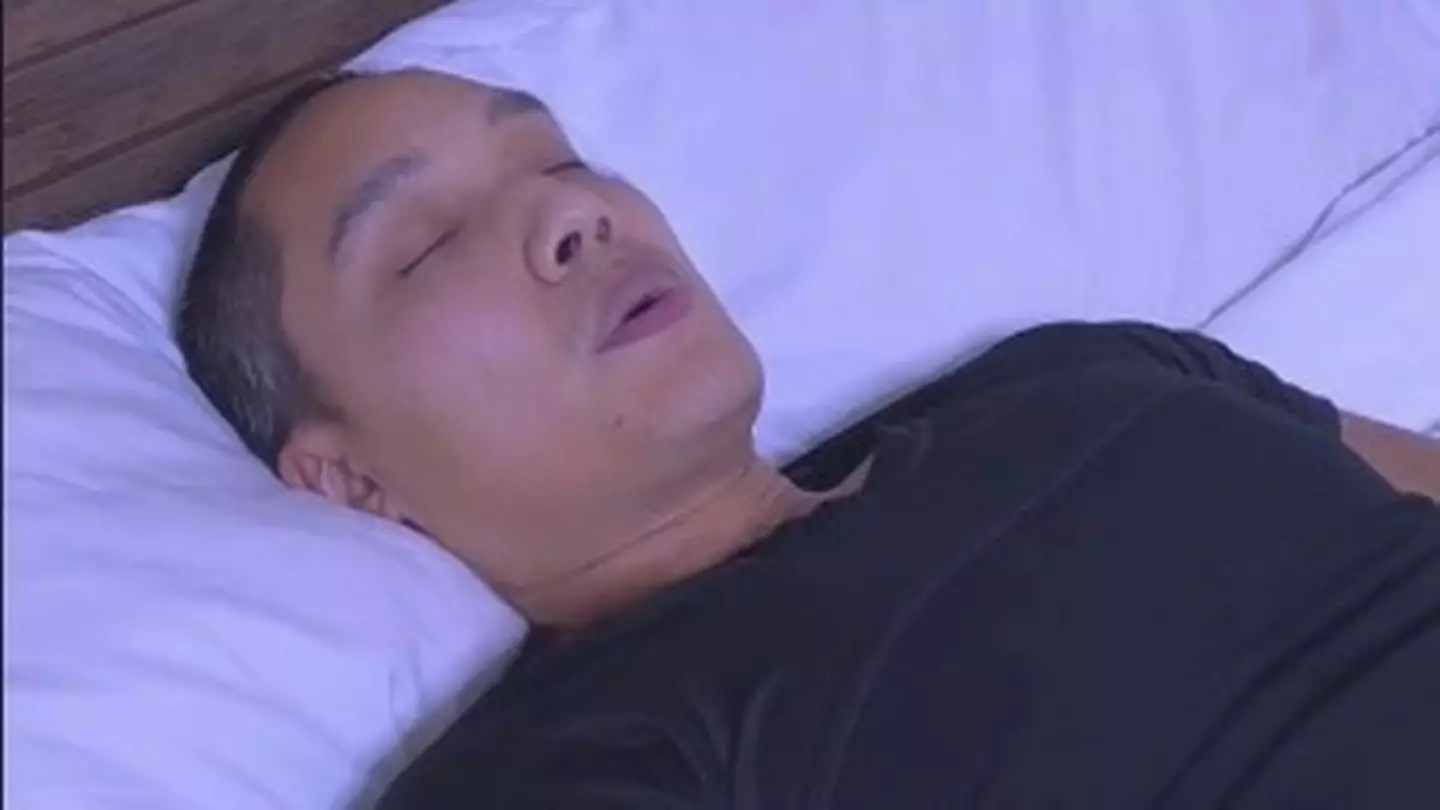Do you ever wish you could snap your fingers and drift off to sleep?
It would definitely solve a lot of tired mornings, late-night doom-scrolling and time spent thinking far too much about all the embarrassing things you did in high school.
Unfortunately scientists haven’t come up with a way to make our brains behave like light switches just yet, but there is one military sleep method which might be the next best thing.
Shared by fitness coach Justin Agustin, the method is said to work for an impressive 96 percent of people, and can get you to sleep in just two minutes.
So, how does it work?
Well, the technique was developed by the US Army, apparently ‘mainly for fighter pilots who need 100 percent of their reflexes’ and for those in active combat who need to be able to fall asleep in noisy and stressful situations.
In order to fall asleep in a matter of minutes, then, you need to get comfortable and focus on your breathing.

Getty Stock Photo
Once you’ve nailed that part, you can slowly relax your entire body from the scalp down to ‘shut it down’ – starting with your forehead and facial features.
Do your best to make sure nothing is tense with your arms are loose and to your sides.
Imagine a warmth spreading from your head to your fingertips, then you move to your chest and take a deep breath to help it relax, before continuing to relax the stomach, thigh, legs and feet.
The warm sensation needs to be imagined going from your heart down to your toes.
Now for the harder part.
To help yourself drift off, your mind ideally needs to be cleared of any stressors.
Imagine yourself somewhere cosy, like lying in a warm boat on a calm lake, or wrapped up in a velvet hammock.

TikTok/@justin_agustin
If you feel those intrusive thoughts about the time you said ‘you too!’ to a waiter who told you to enjoy your meal, or any other unwanted thoughts, repeat: ‘Don’t think’ to yourself for ten seconds.
After this, hopefully, you should be able to drift off.
It might sound too good to be true, but comments on Agustin’s video prove that there is some truth to the method.
One person wrote: “I’m a military brat and was taught this. I also had a veteran as a psychology teacher in college who taught this. It definitely works.”
Another said: “Pretty sure this is closer to what is called Progressive Muscle Relaxation which was developed by an American physician in 1908.”
So there you have it – sweet dreams!












